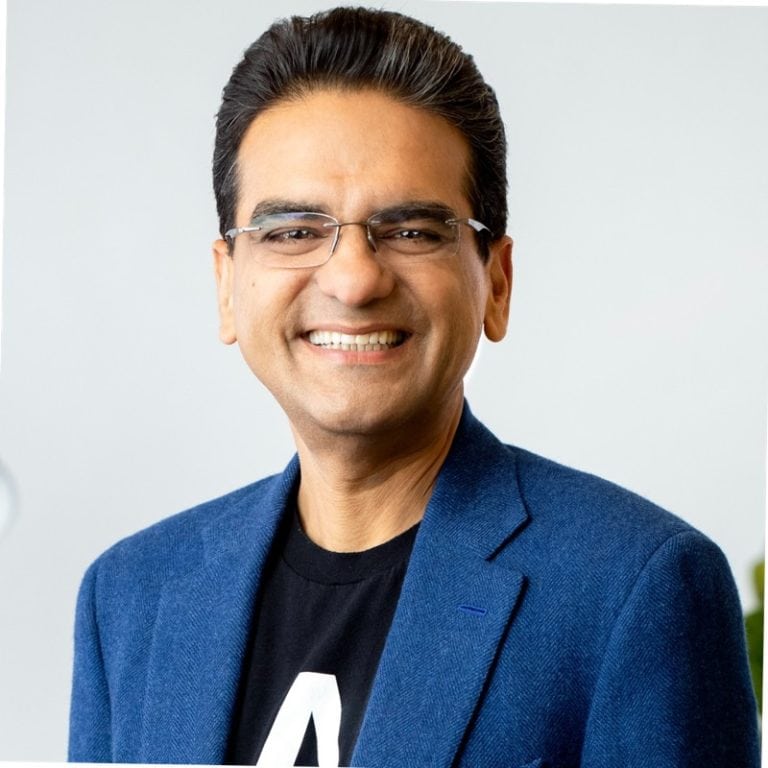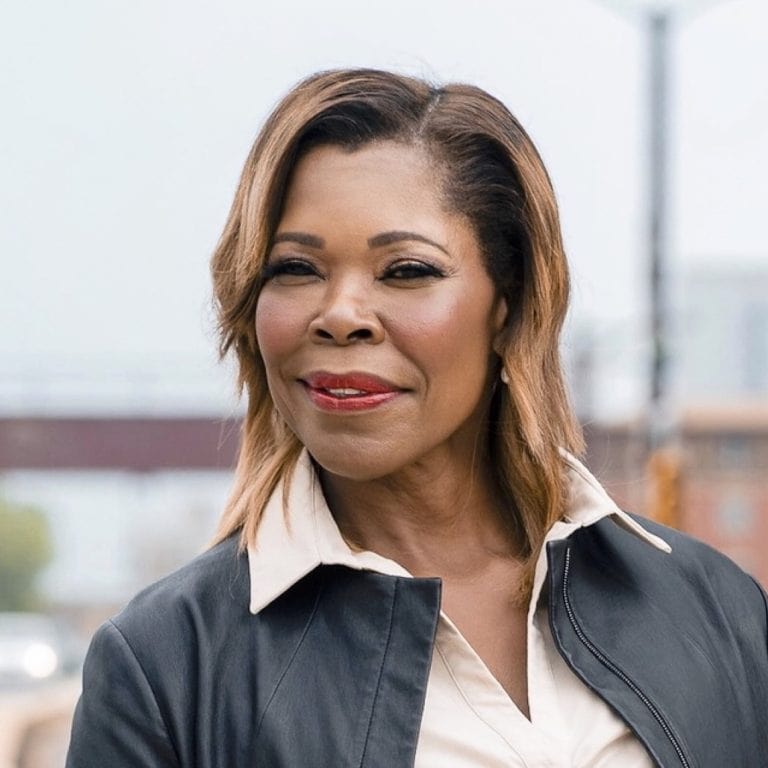
July 18, 2022
Richard Kestenbaum, Co-founder and Partner, Triangle Capital LLC
The Golden Age of Content in Retail
There is more content available to consumers than ever before. Content that stimulates almost all our senses — streaming video, podcasts, short social clips, blogs and much more. With so many content options, creators have to produce high quality content to be rewarded. And the more that quality content is rewarded, the more incentive there is for brands and creators to elevate the content they are making.
My recent guest on the podcast, Triangle Capital Partner, Richard Kestenbaum believes this pattern has us in the golden age of content. Richard is an expert on consumer products, apparel, retail and digital markets, co-author of three books on finance and computer programming as well as a Forbes contributor.
I also recently contributed a Forbes article about the creator economy that explored how influencers and content are reshaping retail and the consumer experience. Amway, an unexpected leader, essentially created the influencer economy by working with and launching entrepreneurs—which is really what creator/influencers are.
The Importance of Brand Values
Today’s consumers want products that align with their personal values — sustainability, focus on diversity and inclusion, fair treatment of employees and other universal values. Social media is the tool that we all use to communicate with each other, with celebrities and with brands. It’s also the channel that brands use to communicate their core values to consumers.
When brands are able to effectively communicate their values, Richard says it “turbocharges marketing because consumers want to be associated with their products and their brands.” Not only are customers willing to pay full price for the product or services, but in many cases, they are also eager to be brand ambassadors and tell their friends and followers about the brand.
Legacy companies struggle with communicating their values in a genuine way because their content feels like a PR parade, inauthentic and anchored to a seasonal campaign versus permanently ingrained in the company’s DNA.
Amazon’s $9B MGM purchase
Richard recently wrote a column in Forbes about Amazon and its deal to buy MGM, which he believes is more about the future of retail than it is about Amazon Studios or Prime Video. In the short-term the deal will give Amazon more content for Prime Video, which is an important offering to retain subscribers by offering them additional value.
However, in the longer-term the opportunity is to not just create content that adds value for subscribers, but to create content that includes the products they are selling in an authentic manner. This is a big challenge but if done well, Richard explains that it will create association and identity between content and products, which results in low marketing costs and high profit margins. I have no doubt that Amazon and their algorithmically talented team knows how to pull this off and leverage an asset like MGM effectively, but how do other retailers factor in?
How to Compete with the “King of the Jungle”
I have never heard anyone come to me for an investment claiming to be an Amazon retail killer, which Richard credits to the ease and convenience of purchasing through Amazon when you know exactly what you want.
However, occasional, special purchases are hard for Amazon to facilitate. He said that Amazon is not set up for the discovery of products consumers want to taste, feel and try on. “The experience of finding it and the pleasure of doing something new, that’s not their business.”
This experience isn’t purely about being in store or virtual. Content can play a big role in the virtual shopping experience because engaging content helps consumers discover new items, they hadn’t even considered shopping for and buying.
In my recent Forbes article, I made the point that when you are going after the king of the jungle you must play to your strengths. Amazon is clearly the king of the eCommerce/retail jungle, but Amazon is a generalist without a creator or influencer community. Individual brands and retailers that are specialists can lean into content to hit Amazon at the knees. For example, Amway provides a social and e-commerce platform that satisfies customer needs, with frictionless, personalized, easy shopping and online communities for both their entrepreneurs and end user consumers.
An Audience-First Approach
Many new challenger brands are being born out of content. Richard gave the example of beauty brand Glossier, which started as a blog and launched products after it had an engaged audience. Innovation Department is another company Richard discussed that is first creating curated content around a certain subject to build an audience and then creating products specifically for that audience.
To drive an audience in our noisy world, you have to democratize and take control of your brand’s content. When companies simply drop investment rounds into marketing without a thoughtful strategy around content or audience, they might as well give the money directly to Facebook.
Sustainability of Content Brands
While I wonder if consumers are always going to be attracted to content-first brands, Richard believes they are, “not just sustainable, but the most sustainable because it comes at a relatively low cost.” Creating content is cheap. It is significantly less expensive than marketing on social channels. This makes content a very attractive investment area for brands.
Some consumers will always just want to make a purchase based on price, not spend a lot of time researching or watching videos. For example, Walmart sells based on price, assortment and convenience. That doesn’t require content. Low-cost retailers or producers will never lose their advantage with that price-focused target audience.
Mergers, Acquisitions and Valuations
For many legacy CPG brands, it is hard to adapt to this direct-to-consumer (D2C) world. They will either acquire successful D2C brands or launch new business lines with this influencer focus from the start. Unilever is a company that’s been successful in acquiring successful D2C brands. The learnings that come from acquiring content-first D2C brands are very valuable to these legacy companies, leading to the high price tags.
Since I am on the board of Manna Tree Partners, which invests in companies fueling a more transparent food supply chain, I am seeing first-hand tech-style valuations in food and beverages, health, beauty, wellness and skincare. The desire and demand for these challenger brands is there for either high funding rounds or acquisitions from larger brands. In his role, Richard sees that since these companies have the high gross margins, low marketing costs and high growth trajectory, they are worth the multiples of revenue.
Advanced Personalization
Revieve, where I’m the executive chairman, develops inclusive and accessible beauty technology for the world’s leading brands and retailers to deliver personalized brand experiences. Consumers can take a selfie, select a few preferences and receive a quick diagnostic check that narrows down 20 products to two or three options best suited for the customer. Retailers, brands, and consumers love it.
Richard believes that “personalization is very important in the consumer industry.” In beauty specifically, it’s not just about “helping you choose the right product, it’s at the level of creating the right product.”
There are two levels of personalization:
1) Formulaic personalization — Personalizing the product. Mine is different from Richard’s and anyone else’s. The personalization is not by SKU count, but actual product. However, this is hard to scale.
2) Mass market personalization — Personalization that helps consumers figure out which of the normal SKU products that they should buy.
Richard is seeing lots of investment in the formulaic personalization technology space, e.g., AI technology that helps determine the best skincare formula for a consumer’s face or select wine based on an individual’s taste and the chemistry behind the wine.
These are examples of preference data, a deep skin analysis where the AI is working in the background telling consumers what they need. It can then overlay preferences like pricing or previous style selections. The technology has finally advanced to a point that it is not a burden for consumers but finally helping them, saving time, preventing them from buying items they won’t like.
Though personally, I still like trial and error with my wine selection.
Startups D2Cs and BFS
If you’re a hot D2C retail brand in the process of selling your business, Richard advises you to continue to run your business as though you’re never going to sell it. Think longer-term and make the choices you would be if you were planning on owning the company for the next 50 years. While some decisions may cost more in the short-term, those choices add value. Buyers are smart and want to see that you’ve run the business well for long-term success.
For those big, fat and slow (BFS) companies shopping for emerging growth companies, Richard suggests a big commitment from the top to adapt. He says, “When there’s a big commitment for change, change can happen.”
Having been both a buyer and a seller of many organizations, I agree. Watch here or tune in where ever you listen to podcasts.











